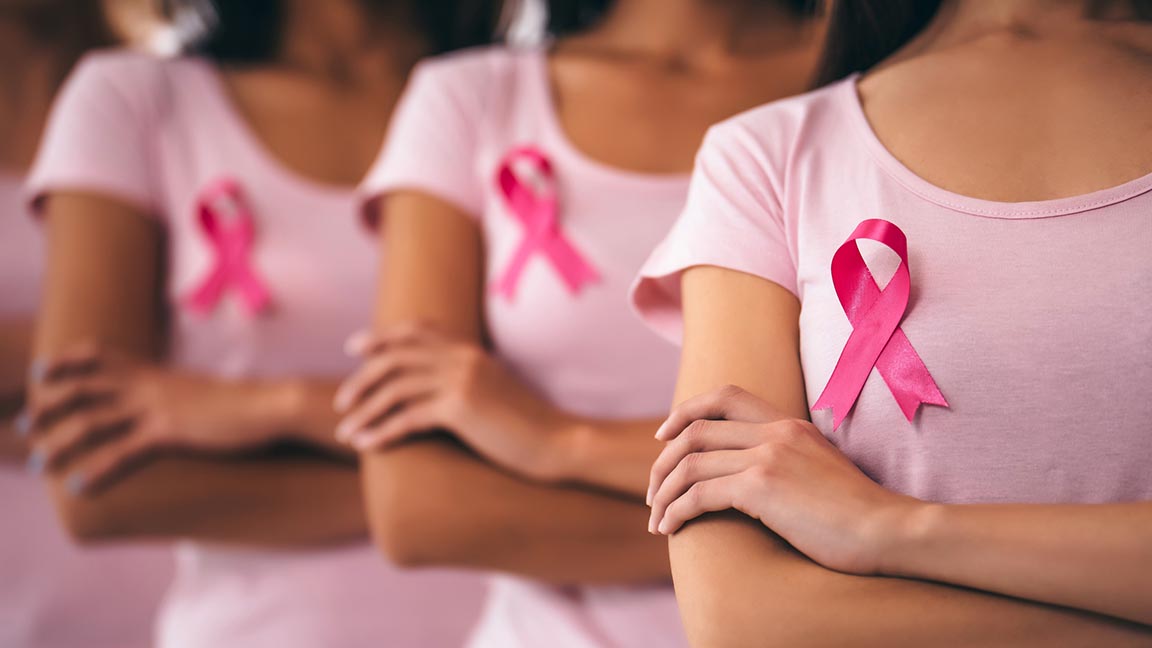Learning you have breast cancer can be overwhelming. Besides dealing with the emotional impact, patients can be faced with difficult treatment decisions.
One choice that faces many breast cancer patients is whether to remove only the cancerous breast tissue, a procedure called a lumpectomy, or undergo a mastectomy and remove the entire breast.
Choosing between a lumpectomy or mastectomy is a very personal decision that is based upon each patient’s unique circumstances and preferences, says Tidelands Health breast surgeon Dr. Craig Brackett, who practices at Tidelands Health Breast Center, our region’s only surgical practice dedicated solely to breast health.
“It’s a very individualized decision,” says Dr. Brackett, who also serves as medical director of the health system’s breast health program. “Every cancer is different and every patient is different.”
Pros and cons
Generally, a lumpectomy is best suited for patients with early stage breast cancer whose tumors are smaller than 3 centimeters. It may also be an option if tumors can be reduced in size by chemotherapy.
“Sometimes we can do chemotherapy up front to convert a mastectomy to a lumpectomy,” Dr. Brackett says. “The goal is to preserve as much breast tissue as possible. We generally say we can’t take more than 15 percent of the breast and still have a good cosmetic outcome.”
Patients with a genetic predisposition to breast cancer, aggressive types of the disease or large tumors are candidates for a mastectomy, he notes.
A decision about which procedure to undergo isn’t always clear cut, so the team at the Tidelands Health Breast Center makes it a priority to explain the pros and cons of each approach.
Mastectomies offer more security that all cancerous tissue in the breast is removed, but require additional surgery afterward to reconstruct the breast.
Fortunately for patients who pursue this approach, surgical advances have improved the cosmetic appearance of breasts following surgery. One method, known as “nipple-sparing mastectomy,” can keep the nipple intact. Breast surgeons can also make an incision in the crease of the breast to minimize the appearance of scarring.
Although a lumpectomy will preserve as much of the breast as possible, it is typically followed by five to five to seven weeks of radiation after surgery to help ensure all cancerous cells have been eradicated. In addition, if there is a reoccurrence of the cancer in that same breast or a new cancer develops, the patient will likely need to have a mastectomy.
More mastectomies
In recent years, more patients are choosing to undergo mastectomy, Dr. Brackett says, following actress Angelina Jolie’s decision to undergo a preventive double-mastectomy in 2013 due to her genetic predisposition to the disease.
However, he says only about 10 percent of cancers are associated with inherited risk. For other patients, research has shown that lumpectomies and mastectomies are equally effective in treating early-stage breast cancer.
Having treated approximately 3,500 patients with breast cancer during his career, Dr. Brackett says he is impressed with the strength of his patients in responding to the diagnosis and treatment choices they need to make.
“A lot of times they say, ‘OK. I just need to get through this so I can take care of my family and get on with my life,’” he says. “In the face of such a challenging situation, people are able to find remarkable strength.”
Meet the Expert
Dr. Craig Brackett
Call to Schedule







